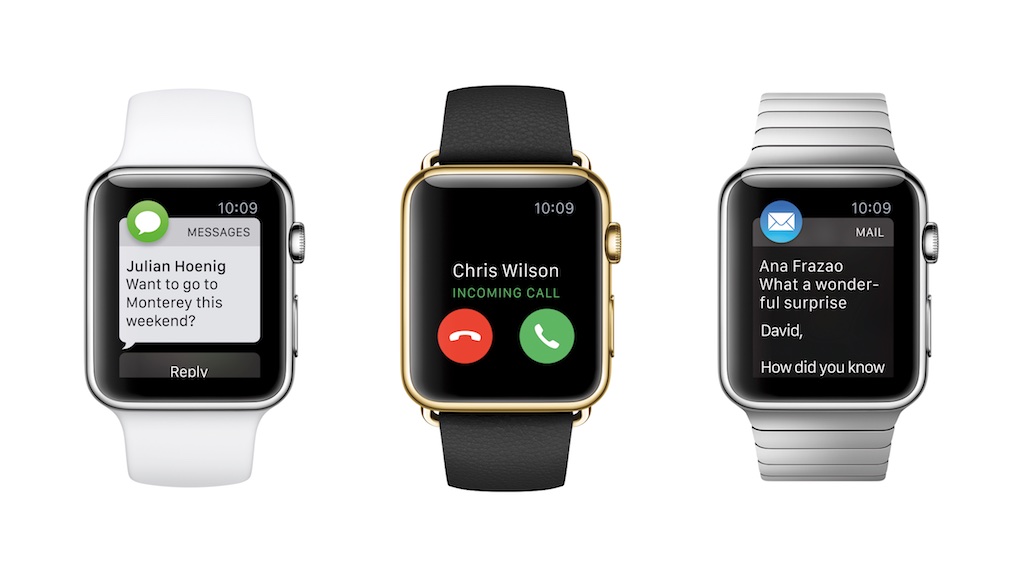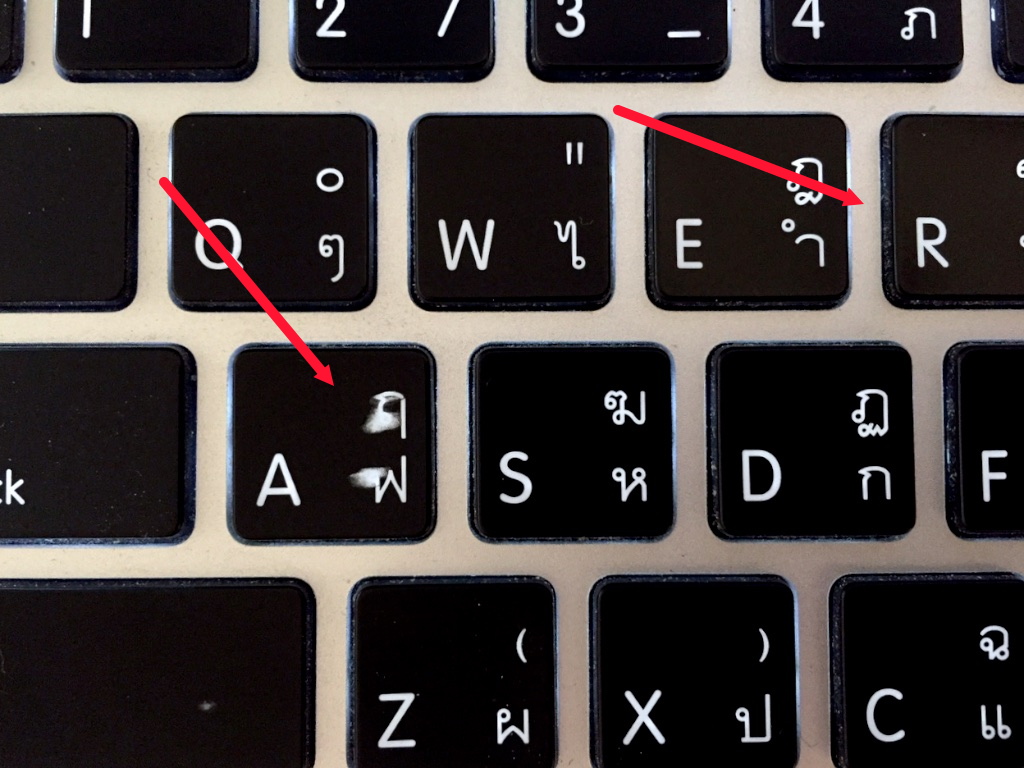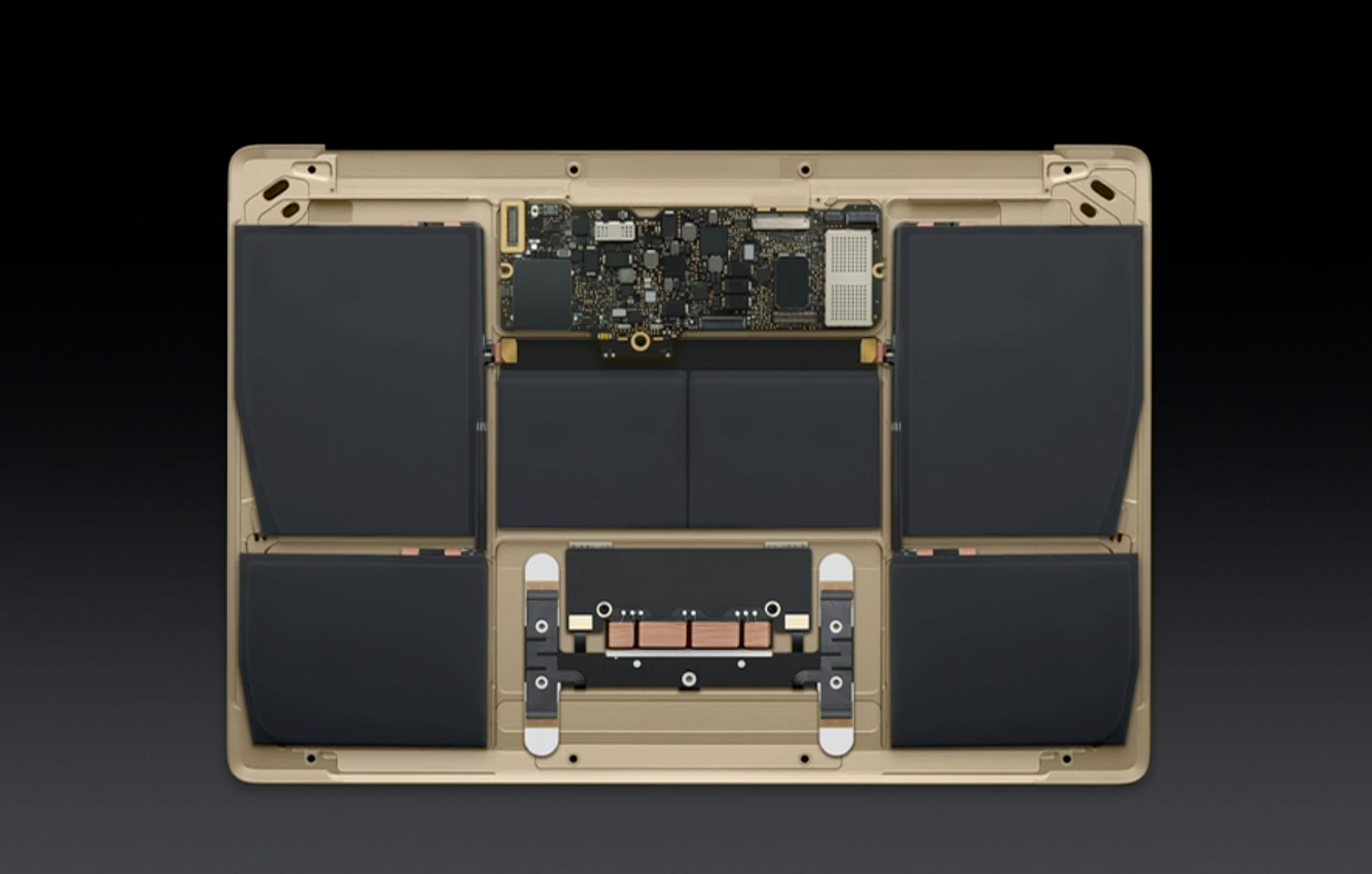Apple Reinvents the Watch, the Computer and Data Collection for Research

AMITIAE - Tuesday 10 March 2015
|
Apple Reinvents the Watch, the Computer and Data Collection for Research |
 |
|
|
By Graham K. Rogers
Apple WatchApart from a few words of outline, there is no real point in me writing about the Apple Watch. Plenty of commentators were able to handle the devices after the Apple event and already many words have been typed in explanation. There are a couple of special links and I will insert them in the text.In many ways the Apple Watch brought no real surprises. Many of the basics had been outlined six months ago at the Flint Center event; and there had been a few points released into the wild by Tim Cook. There was also intense speculation with some making accurate suggestions.

Apple Watch - Image courtesy of Apple
Instead of simply putting the watch on the market and saying, here it is, Watch, fetch. . . . Apple learned from the intro of the iPad which took off so well, partly because of the number of apps already available. With iOS 8, a number of developers produced software that was allied with the Health app (among others), which is destined to have a big effect on the way users monitor their own activities. Like many I wanted to know how much; and how much for the straps. With three models, each of which has two finishes and two sizes (38mm and 42mm), there is a wide range of options, especially when the straps are included. Cook announced that the Apple Watch Sport (aluminium) is to be $349 (38mm) and $399 (42mm); the Apple Watch (stainless steel) will range from $549 - $1049 (38mm) and $599 - $1099 (42mm). The 18-karat gold Apple Watch Edition will start at $10,000. While a number of sites have pricing displayed in various ways, Rene Ritchie on iMore wrote, "Here's how much every Apple Watch model is going to cost" which has an easy-glance table with exactly what I wanted. It shows that the Milanese Loop is not as expensive as I had feared, so if I did choose this and the stainless steel watch, the combined price could be $649 (38mm) or $699 (42mm), which in real money is 21,227 or 22,862 baht. Adding VAT, I would expect these to be priced around 22,750 baht and 25,000 baht respectively.
As with a lot of Apple rollouts, the product will not be available worldwide immediately. The websites will be open for orders on 10 April and the deliveries will begin 24 April in certain countries: USA, UK, Australia, China, Japan, Hong Kong, Germany and France. There was some chagrin in the previous Apple darling, Singapore. Some operations there have been closed down or moved to China and Australia, so this once major Apple manufacturing hub is less important these days: the center of gravity is more to the East. With Singapore no longer being flavour of the month, the rest of us in South-east Asia could look forward to a lengthy wait for the device. Like the iPhone, it will matter less and less to those like me who write about Apple tech, as almost all the words will have been written by the time I get my hands on one.
MacBookWhen Tim Cook came on to the stage with a new lightweight computer on the palm of his hand, I thought he was carrying an iPad with a keyboard, it looked so thin. Apple had revived the MacBook name for a device that fits between the MacBook Air and the MacBook Pro.

Apple MacBook - Image courtesy of Apple
Phil Schiller conducted the major part of the introduction and with the photo slides the audience was shown how the inside has been reworked, a new trackpad with a pressure touch system added; and the keyboard redesigned with keys that move less, yet more surely.

The electronic parts were dwarfed by the battery; and this was constructed in a tiered fashion so that it was possible to fit the layered tiers into the narrowing space that the body design of the new MacBook allowed. The solid state components and the design now allow for a device that has no fan. This saves weight, space and avoids unnecessary components.

When looking for information related to this, I found a useful article on Ars Technica by Andrew Cunningham written last August (there are others on the site). As a number of compliant accessories are already available, and several major manufacturers are on board with this new standard, it should be fairly easy to use. Apple has done well to embrace this new system in the face of its own Lightning and the Thunderbolt standards.
The computers also take another step away from Apple normality as they come in three colours like the iPhone and iPad: silver, gold and space grey. These are shown as coming soon in the Thai online store for 43,900 and 54,900 baht respectively. There have been criticisms about the way Apple creates its computers nowadays with no possibility for users to have them repaired: replace all, now. You cannot have it both ways: battery technology dictates that a certain volume of cells is needed, so space given over to the units, cannot be used by circuitry. The smaller and smaller boards used to contain the increasingly miniaturized components are less conducive to being repaired. To ensure continued integrity, replacement is needed.
Research KitWhen iOS 8 was announced I was pretty impressed with the ideas behind HealthKit, HomeKit and latterly, the WatchKit SDKs. Apple learned a great lesson with the iPhone and then the iPad by having plenty of suitable apps already in place.A few weeks before the Apple Watch was to be revealed - we all knew this was coming - some developers, including a number of companies, were invited to visit Cupertino and (under some security) begin to create apps that were suitable for the Apple Watch. As the Watch rolled out, Apple was able to demonstrate a number of these; but then there was something else: Research Kit. As the iOS devices have evolved, so developers have come up with many apps that take the devices much further than was ever anticipated. As something over 700 million iPhones have been sold, there is a huge population that could be tapped for research. By developing the Research Kit, researchers can access data from potentially millions of users willing, qualified and able to connect to the apps developed for specific research purposes.
I was warned that I would need to set aside 10-15 minutes a week and that any data would be sent to Stanford and that it might be shared with other researchers. Data is in the form of surveys and physical tasks. A "Cancel" button at the top would allow me to opt out, had I wanted; and I was free to discontinue participation at any time. At the end there is a rather long consent form.
Graham K. Rogers teaches at the Faculty of Engineering, Mahidol University in Thailand where he is also Assistant Dean. He wrote in the Bangkok Post, Database supplement on IT subjects. For the last seven years of Database he wrote a column on Apple and Macs. He is now continuing that in the Bangkok Post supplement, Life. |
|

For further information, e-mail to
Back to
eXtensions
Back to
Home Page